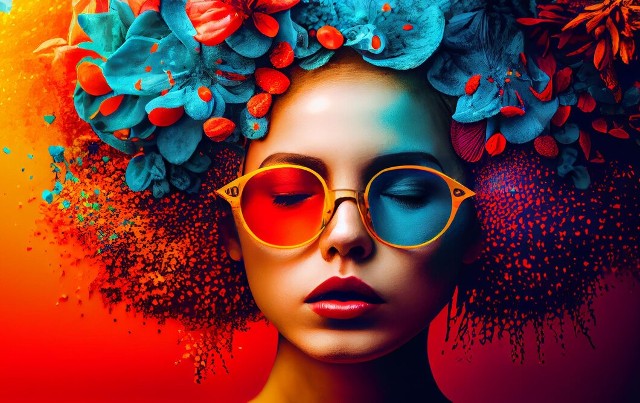Artificial Intelligence (AI) has revolutionized various industries, and the realm of art is no exception. The fusion of technology and creativity has given rise to a new wave of AI-generated art, showcasing the potential for machines to produce visually captivating and conceptually profound artworks. This article delves into the intricate interplay between human creativity and AI, exploring the role of AI in art creation, its impact, challenges, and the evolving landscape of AI-generated art.
The Impact of AI on Art Creation
AI has significantly transformed the creative process in art by providing artists with innovative tools and techniques to explore new frontiers of expression. Through advanced algorithms and deep learning, AI can analyze vast datasets of artistic styles, enabling artists to derive inspiration and develop their unique artistic vision with the aid of AI-generated insights.
The integration of AI in art generation offers numerous benefits, including enhanced efficiency in creating complex visual compositions, streamlining repetitive tasks, and unlocking new avenues for experimentation. AI empowers artists to broaden their creative horizons, allowing for the exploration of unconventional concepts and the seamless amalgamation of diverse artistic influences.
AI art generator tools, powered by sophisticated neural networks, empower creators to manipulate digital media, produce generative art, and experiment with algorithmic aesthetics. These tools leverage machine learning capabilities to interpret and reinterpret visual inputs, enabling artists to harness the potential of AI as a collaborative partner in the artistic process.
Challenges and Criticisms of AI in Art
Amid the proliferation of AI-generated art, concerns surrounding authenticity and originality have surfaced within the art community. Some argue that AI may compromise the unique human touch and subjective authenticity that defines traditional art, raising pertinent questions about the distinction between human-created and AI-generated artworks.
The ethical implications of AI in art creation have sparked deliberations on issues such as ownership, intellectual property rights, and the ethical use of AI-generated content. Ethicists and artists alike contemplate the ethical frameworks governing the integration of AI in art, emphasizing the need for responsible and transparent practices.
Artists and art critics have voiced criticisms regarding the potential homogenization of artistic expression and the commodification of AI-generated art. Some contend that AI may perpetuate formulaic approaches to creativity, overshadowing the nuanced complexities inherent in human-driven artistic endeavors.
Exploring the Intersection of Human Creativity and AI
As AI continues to augment the art-making process, a growing trend has emerged wherein artists collaborate with AI systems to co-create artworks. This collaborative synergy between human creativity and machine intelligence has led to the cultivation of unprecedented artistic visions, blurring the boundaries between conventional authorship and the collective creation of art.
The use of AI in the creation of art is increasingly prevalent, leading to a trend where artists and AI systems collaborate to produce artworks together. This partnership between human creativity and machine intelligence has resulted in the development of innovative artistic perspectives, challenging traditional concepts of authorship and the creation of art as a collective effort. Additionally, nfsw ai generator are also noteworthy. The integration of AI in art has prompted a reevaluation of traditional notions of artistic authorship, challenging perceptions of singular artistic ownership. The collaborative interplay between artists and AI engenders a discourse on the evolving dynamics of authorship within the context of AI-generated art, fostering a redefinition of creativity and authorial agency.
AI’s capacity to generate novel aesthetic possibilities through computational algorithms has led to the emergence of art forms that transcend conventional paradigms. From immersive digital installations to interactive AI-generated narratives, the fusion of human creativity and AI engenders a renaissance of aesthetic innovation, enriching the artistic landscape with diverse and dynamic visual experiences.
The Evolution of AI Art Generation
The historical development of AI art spans the exploration of early computational art practices to the contemporary advancements in machine learning and generative adversarial networks (GANs). This evolution traces the trajectory of AI’s integration into art, from the experimental forays of pioneering artists to the proliferation of AI-powered art platforms and applications.
Advancements in AI art techniques encompass a spectrum of creative applications, including style transfer, image generation, and the synthesis of artistic content through neural network-driven algorithms. These techniques facilitate the synthesis of diverse artistic styles, granting artists the ability to transcend traditional boundaries and cultivate innovative visual narratives.
The future of AI art heralds a convergence of technological innovation and artistic expression, with ongoing developments in AI-driven art curation, interactive installations, and immersive multimedia experiences. Anticipated trends encompass the integration of AI in art conservation, virtual reality environments, and the proliferation of AI-augmented art forms across diverse creative disciplines.
Debunking Misconceptions about AI Art
Contrary to misconceptions about AI supplanting human creativity, the symbiotic relationship between AI and human creators augments, rather than replaces, the artistic process. AI serves as a catalyst for imaginative exploration, offering tools for artists to expand their creative repertoire and explore uncharted artistic territories within collaborative frameworks.
The role of AI in artistic expression extends beyond mere automation, encompassing the augmentation of human creativity and the cultivation of novel modes of artistic exploration. AI’s role as a facilitator of creative expression manifests through its capacity to inspire, interpret, and coalesce unique artistic perspectives, enriching the artistic landscape with multifaceted forms of expression.
Recognizing the limitations of AI in art creation is integral to contextualizing its role within the broader artistic domain. While AI excels in computational analysis and pattern recognition, the ineffable nuances of human emotion, subjective experience, and the intricacies of creative intuition remain inherent to human-driven artistic endeavors, underscoring the distinctiveness of human creativity in the artistic realm


